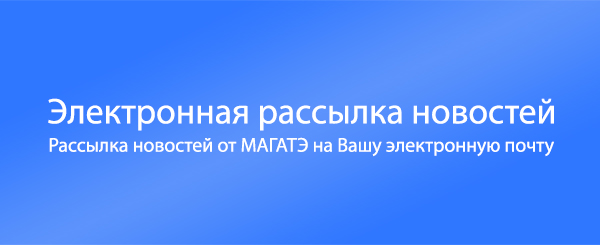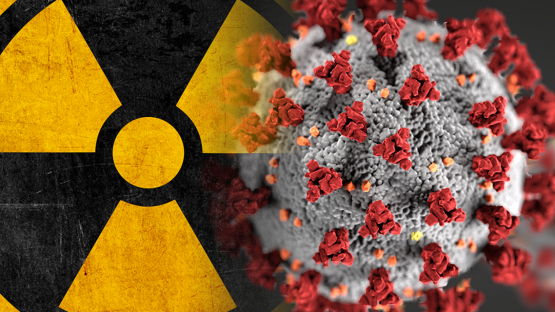To collect best practices and assess challenges related to radiation protection during the pandemic, the IAEA conducted a survey entitled Impact of COVID-19 Pandemic on the Regulatory Activities for the Safety of Radiation Sources, to which counterparts from 123 countries responded. The goal of this survey was to gain insight on how these countries are impacted due to COVID-19 and whether there are any implications of the new experience that would need to be reflected in the IAEA Safety Standards Series.
The survey results brought to light potential safety risks which emerged alongside the COVID-19 pandemic and ways to deal with them. With the heightened role of radiological imaging in the diagnosis and treatment of COVID-19, more individuals – both patients and medical experts – were seen to potentially be subject to radiation exposures due to a high number of radiological exams carried out that did not result in sufficient individual benefit or did not comply with diagnostic reference levels for dose optimization. Additionally, while 85 percent of countries reported a reduction in regulatory activities – in some cases because of access restrictions to nuclear facilities or budget cuts, – they also reported mechanisms had been put in place to ensure that safety was not compromised.
National experts also offered views on which areas they are seeking IAEA support. These include guidance on regulatory activities in crisis situations such as the COVID-19 pandemic and development of specific radiation safety recommendations to be applied in future pandemic situations.
Challenges have also emerged in reference to availability of radiation safety technical services. According to the survey results, disruption in services occured at times during the COVID-19 pandemic.
Meeting participants agreed that actions taken in response to risk and situations beyond the applicability of current laws and codes need to be guided by ethical values including dignity of the individual, prudence and transparency.
“There are striking parallels between the COVID-19 pandemic and the radiation concerns we commonly experience,” said Jim Malone, Professor of Medical Physics at Trinity College Dublin. “Both share invisibility which can be frightening, both deal with uncertainties − scientific and otherwise, although those from COVID-19 are greater than radiation uncertanties we normally encounter.”
Read more about the IAEA's work in radiation protection.






